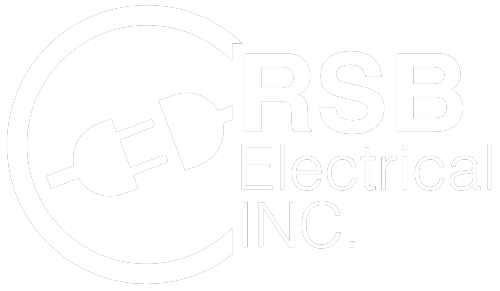Understand Electrical Code Compliance
Electrical code compliance is the adherence to the standards and regulations that dictate how to correctly design, install, and maintain electrical systems.
Electrical code compliance is a set of guidelines for safe electrical systems, be they residential, commercial, or industrial. Knowledge of the code is of paramount importance for home and business owners.
Here is an in-depth look at what falls under electrical code compliance, why it matters, and how to go about being compliant.
What is electrical code compliance?
Electrical code compliance is the adherence to the standards and regulations that dictate how to correctly design, install, and maintain electrical systems. These codes exist to keep people and property safe.
The guidelines seek to prevent electrical hazards like fires and electrical shocks. Not limited to just safety, they also promote efficiency by reducing energy waste and reducing the costs of operating electrical systems.
National and local electrical codes
The first place to start with electrical code compliance is the National Electrical Code (NEC), an extensive volume that details all national codes for commercial and residential wiring. While the NEC is a foundational guide, it isn’t the only one. Be aware of any local codes specific to a particular area. Local electricians or inspectors can approve wiring plans and check whether they meet national and local requirements.
Common electrical code requirements
Electrical codes promote safe electrical systems. These codes cover many elements, such as materials or installation methods.
Here are some examples of compliance requirements:
Appliances, fixtures, and receptacles
It’s necessary to ground all new receptacles and appliances safely. Fixtures and appliances also need approval from one of the Nationally Recognized Testing Laboratories (NRTLs), such as the Underwriters Laboratories (UL), that check and approve them before they hit retail stores.
Electrical boxes
While plastic electrical boxes are standard, many local departments demand metal boxes for safer grounding. The electrical box must be a suitable size for the wiring. That means it must have enough room so the wires and cables aren’t cramped inside.
Cables and circuits
Usually, a non-metallic cable is acceptable. However, if the cable is exposed, it’s necessary to have conduit or armored cables. Furthermore, don’t overload existing circuits by adding extra services to them.
Why compliance matters
Complying with electrical codes isn’t optional. The law demands that every new electrical system follows the guidelines. Not adhering to these codes can mean large fines, project delays, and issues with the law. More importantly, non-compliance can risk the safety of those interacting with these electrical systems.
Learning the ropes
Understanding codes is one issue; applying them is another. Practical application takes hands-on training to implement the codes. Courses that teach about the current electrical codes and regulations are invaluable. They turn complex code language into plain, everyday terms and test prep assistance to pass certification exams.
Confident compliance
Learning and applying electrical codes gives confidence and peace of mind. Certified professionals must stay compliant in their work to protect the safety of clients and the longevity of their properties of any type and size.
When in need of home electrical inspections, whole-house surge protector installation, attic fan installation, or smoke detector installation, electrical repair, or home electric car charger installation, trust the licensed and insured professionals at RSB Electrical. We are a 24-hour emergency electrician based out of Mesa, AZ. Call 480-485-4284 for more information.

